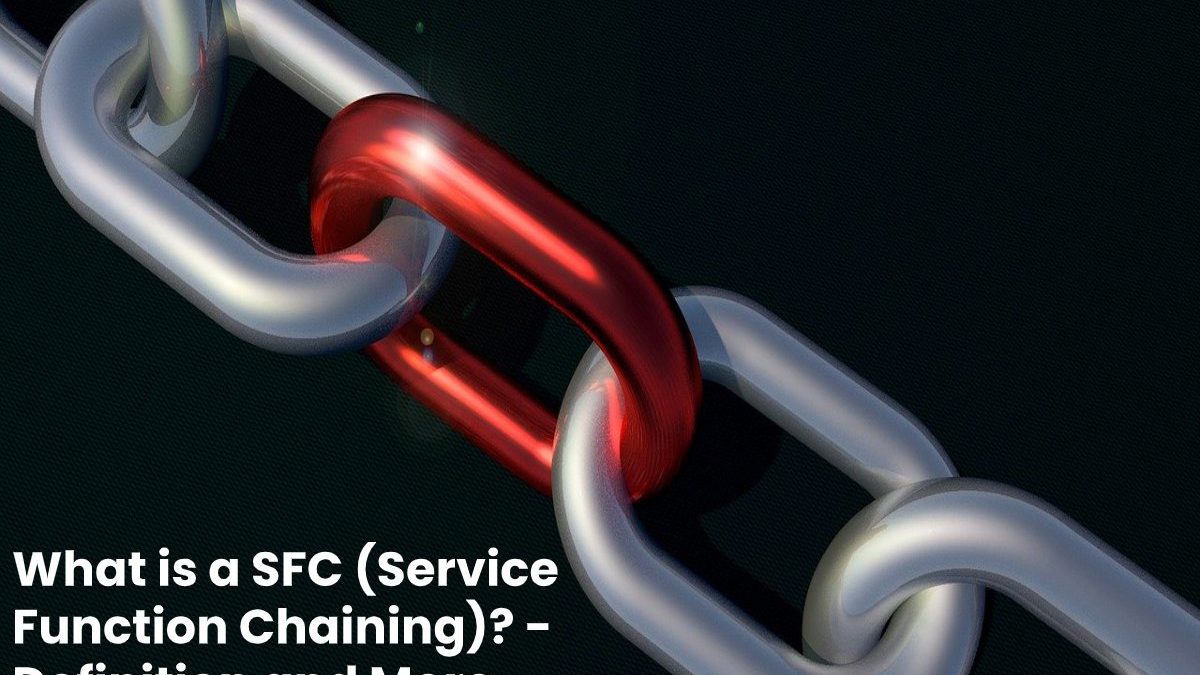SFC Definition
SFC (Service Function Chaining) is a technique that makes it possible to request elementary functions sequentially. For example, NAT (Network Address Translation), firewall, DPI.
The implementation of value-added services is based on the activation of various service functions. The trend for operators is to gradually rely on shared infrastructures, particularly about the core network.
However, to meet certain specific customer requirements. It is frequently necessary to differentiate the processing of traffic by activating particular functions.
For example, to meet the Quality of Service (QS) needs, it may be necessary to activate TCP or “Http” acceleration functions. While traffic associated with other applications will require, for example, ” be inspected by a Deep Packet Inspection function.
The deployment choices retained Hui today. So, that the traffics of customers are treated by specific functions rest on rather heavy configurations in terms of routing, even by the installation of specific architectures, sometimes redundant in the most extreme cases.
The network topology and the difficulty of dynamically implementing new value-added services within acceptable deadlines are also a barrier to faster opening and more in tune with operators’ marketing options for the supply of advanced services to customers.
Objectives
The objective of the new Service Function Chaining (SFC) functionalities is to respond to these constraints and to open up perspectives of greater flexibility. And dynamics in the implementation of services adapted to customer needs while ensuring that this does not generate (higher) complexity. Especially in the management of networks and services.
Besides, the implementation of functional chaining can also be advantageous to satisfy the traffic engineering constraints specific to each operator.
This technique thus makes it possible to set up traffic routing policies differentiated according to the nature of the service associated with the different traffics.
Classification rules are typically installed at the edge of the network to determine the service function chain with which a flow is associated, and the use of which will process all the packets belonging to this flow.
The classification rules are specific to each deployment case. For example, the client identifier and a network identifier is the base of the classification. And also a combination of several fields of an IP packet, or any other parameter.
Characteristics
Some of the most characteristic use cases, in particular, those linked to fixed, mobile networks, and data centers.
These use cases describe the main needs that consider the implementation of an SFC system.
It proposes the types of SFC architectures, allowing them to meet the requirements of these use.
Some examples of typical implementation describe before analyzing two key aspects of an SFC system. The discovery of the building blocks of a service function chaining architecture on the one hand and the SFC diagnostic tools on the other side.
These two components are essential in an environment where the dynamic nature of implementing and updating service function chains is critical.
They must, in particular, respond to the problems of existing architectures where the configuration and taking into account factors. Such as the unavailability or malfunction of a simple service generally presupposes a diagnosis, preferably proactive. And also a reconfiguration of the function chain system service.

